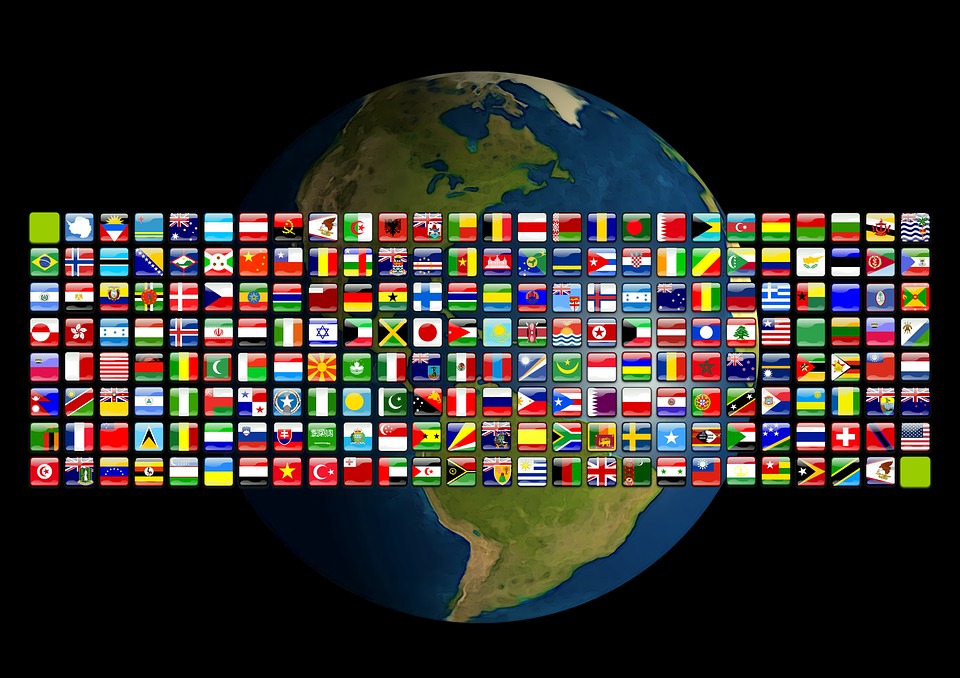A flag indicates more than a piece of cloth with colors and designs – it is a symbol of an entire nation. Every flag in the world varies distinctly from one country to another and is a direct reflection of the state’s history, culture and background. However, who designs the national flag of a country and what motivates the particular designs of each flag? What are they commonly referred to as? Read to find out some of the interesting stories behind the regal colors and patterns of some famous national flags.
United Kingdom – The Union Jack
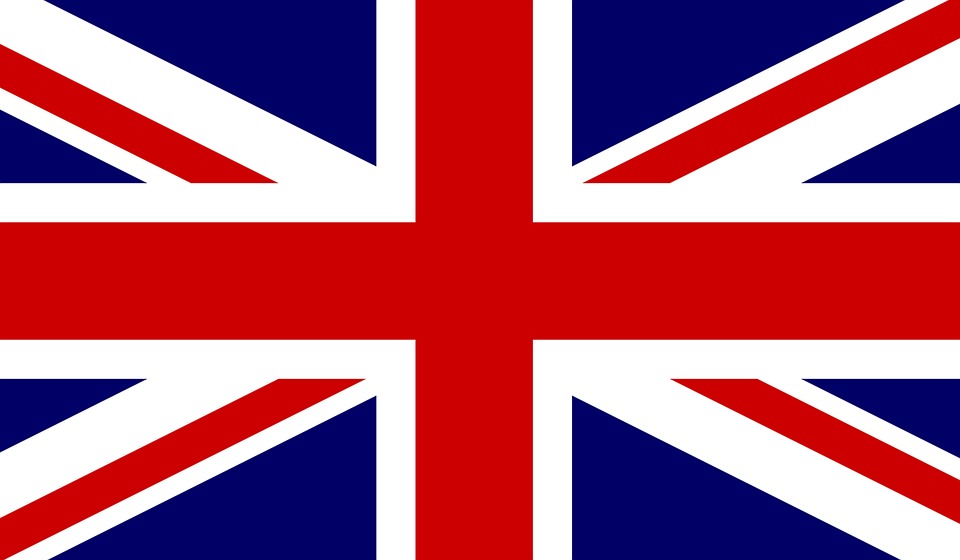
The flag consists of the red cross of St. George (patron saint of England), the Cross of St. Patrick (patron saint of Ireland), and the Saltire of St. Andrew (patron saint of Scotland). Although Wales is now a part of the U.K. it belonged to the Kingdom of England at the time the flag was designed and so is not represented in the flag.
USA – The Stars and Stripes
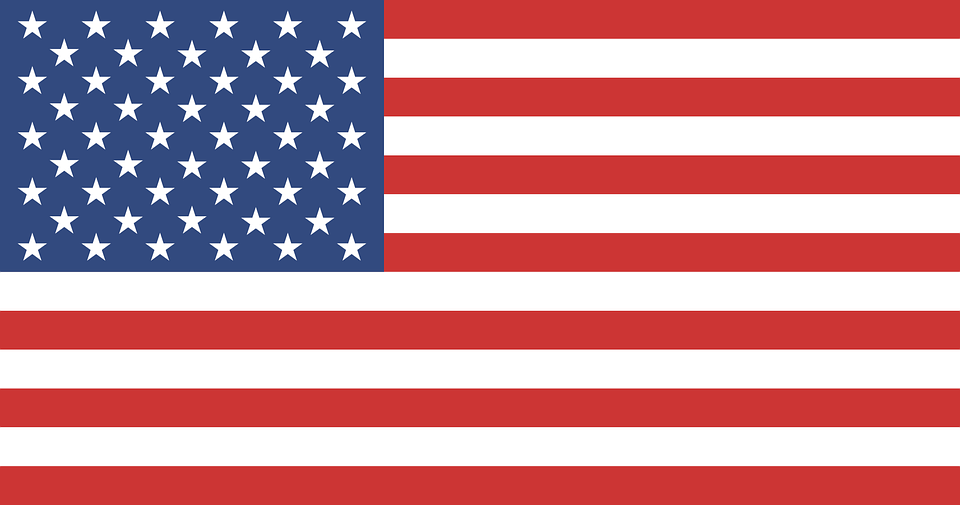
Since 1775, there have been 28 incarnations of the USA flag with varying numbers of stars and stripes. The Stars and Stripes of today, with its 13 horizontal stripes and 50 stars, is the version that has been in place since Independence Day in 1960. The stripes represent the thirteen colonies that declared independence to become the first states of the Union and the fifty stars represent the 50 current states of the USA.
France – Tricolor
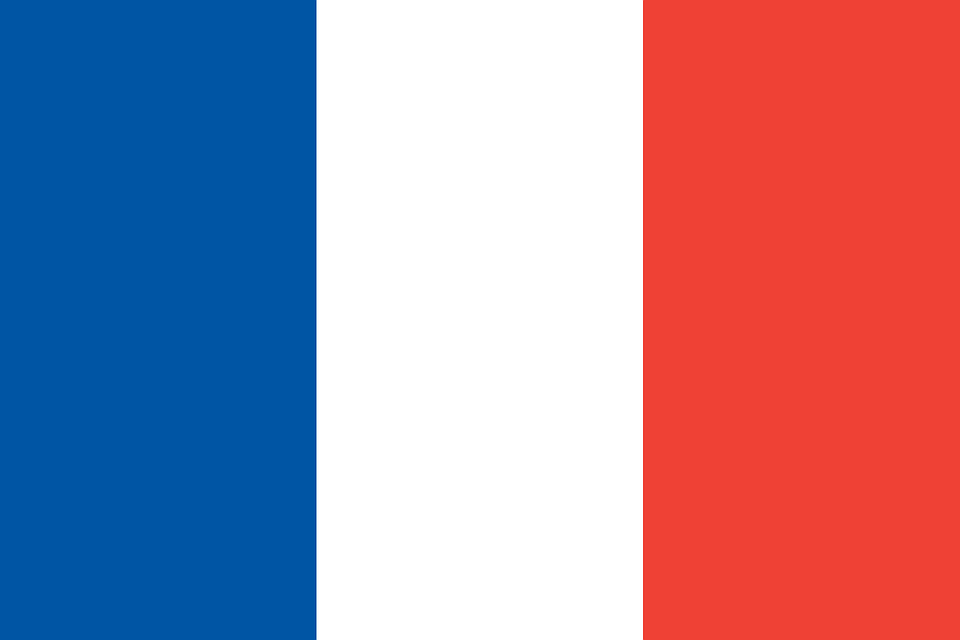
The white of the French flag represents the King, and is also the traditional color of the House of Bourbon who rules France until the French Revolution. The red and blue represents the city of Paris; these were the colors of the revolutionaries who stormed the Bastille in 1789.
Canada – The Maple Leaf/L’Unifolié
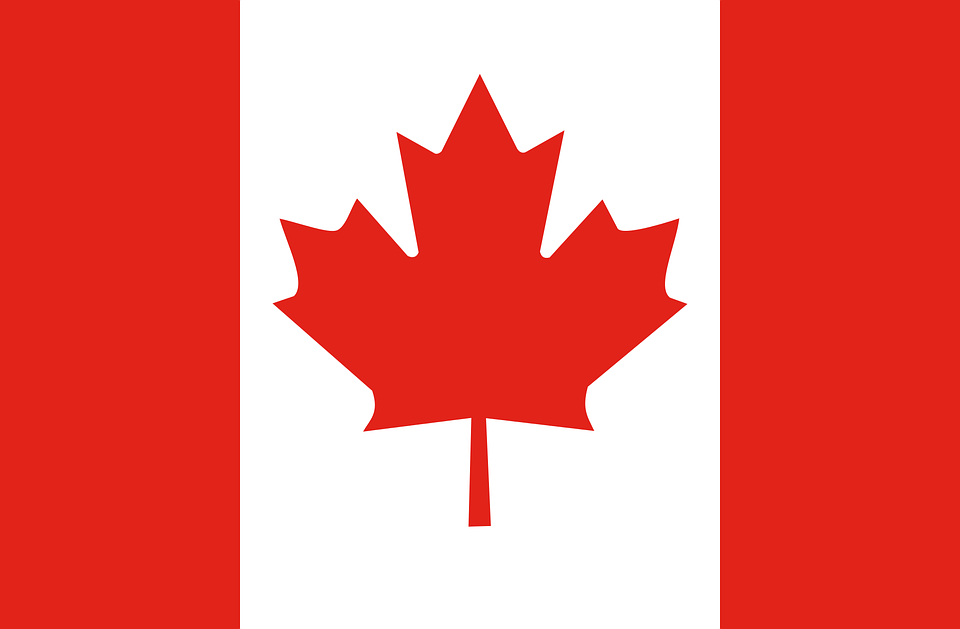
Although now an iconic and unmistakable symbol of Canada, the 11 point Maple Leaf flag has been Canada’s national flag only since 1965, following serious national debate initiated by then Prime Minister Lester B. Pearson. The maple leaf flag is now so synonymous with Canada that it has its own ‘National Flag of Canada’ Day every February.
Australia
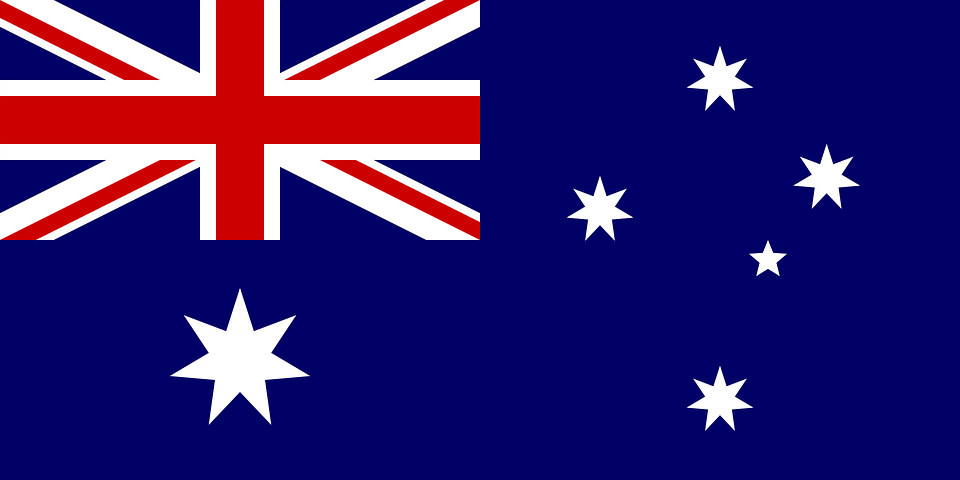
The Union Jack in the canton and the large white seven-pointed Commonwealth Star in the lower left quarter featured in the Australian flag are both strong nods to the Commonwealth. The other stars represent the Southern Cross constellation, a nighttime phenomenon easily visible from Australia.
South Africa
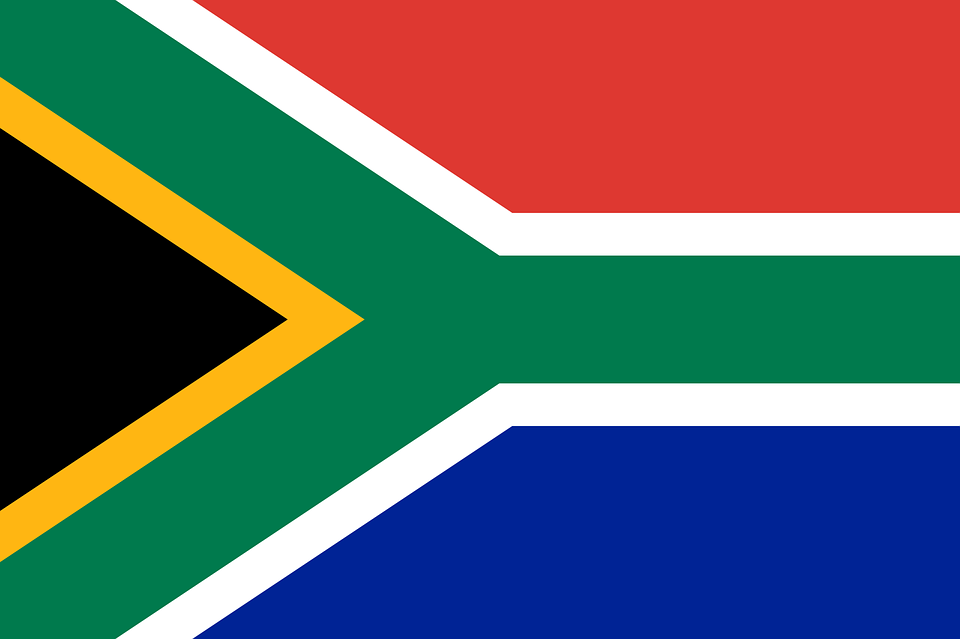
The current national flag of South Africa was commissioned following Nelson Mandela’s release from prison in 1990. The black, green and yellow are found in the banners of the African National Congress, and are thus said to represent the country’s black population. The red, white and blue colors were taken from the colors of the Boer Republics. The green pall (the Y-shape) is commonly interpreted to mean the unification of the various ethnic groups and the moving forward into a new united South Africa.
Germany – Bundesflagge (Federal Flag)
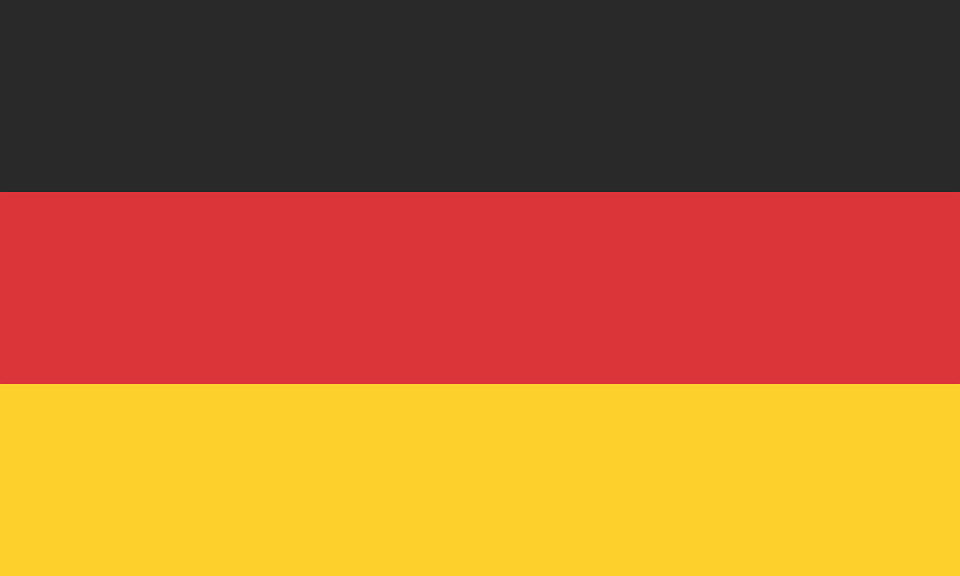
The current form of the flag was introduced in 1990, following Germany’s reunification. The black, red and gold have been associated with Germany since as far back as 1840, when the Frankfurt Parliament declared black-red-gold as the official colors of Germany. The colors are said to represent democracy.
Nigeria

The green stripes represent Nigeria’s wealth, lush vegetation and agriculture industry, with the white indicating their desire for peace and harmony. The flag was designed by a 23-year old student Michael Taiwo Akinkunmi and was first officially used on October 1st 1960.
China – Wu Xīng Hóng Qí (five-star red flag)
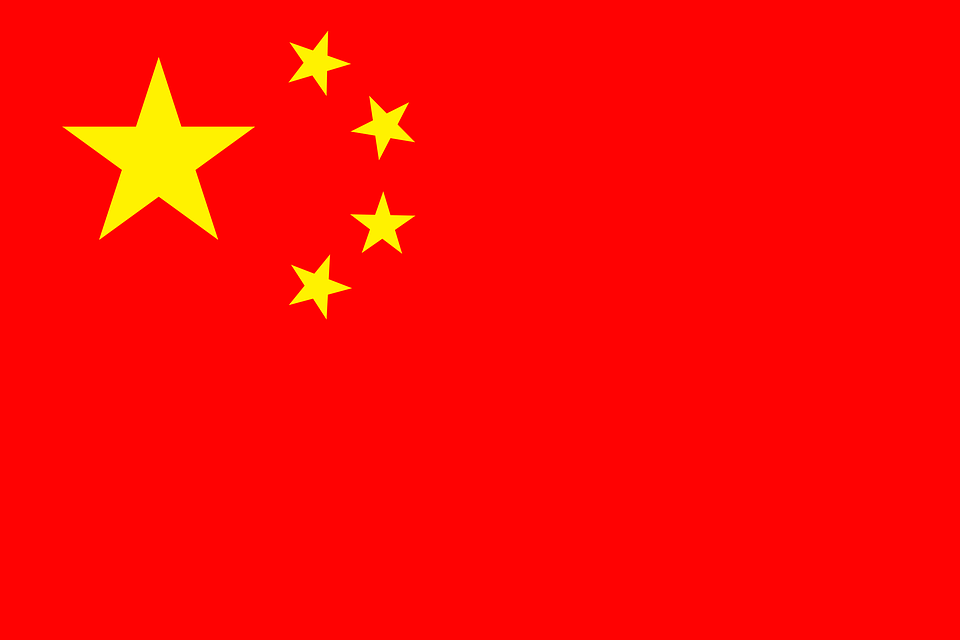
The red represents the communist revolution in china, while the five stars and their relationship represent the unity of the Chinese people under the leadership of the Communist Party of China (CPC). The orientation of the stars (four smaller stars around a bigger star) represents unity around a greater good.
Brazil – The Auriverde (The Gold and Green)
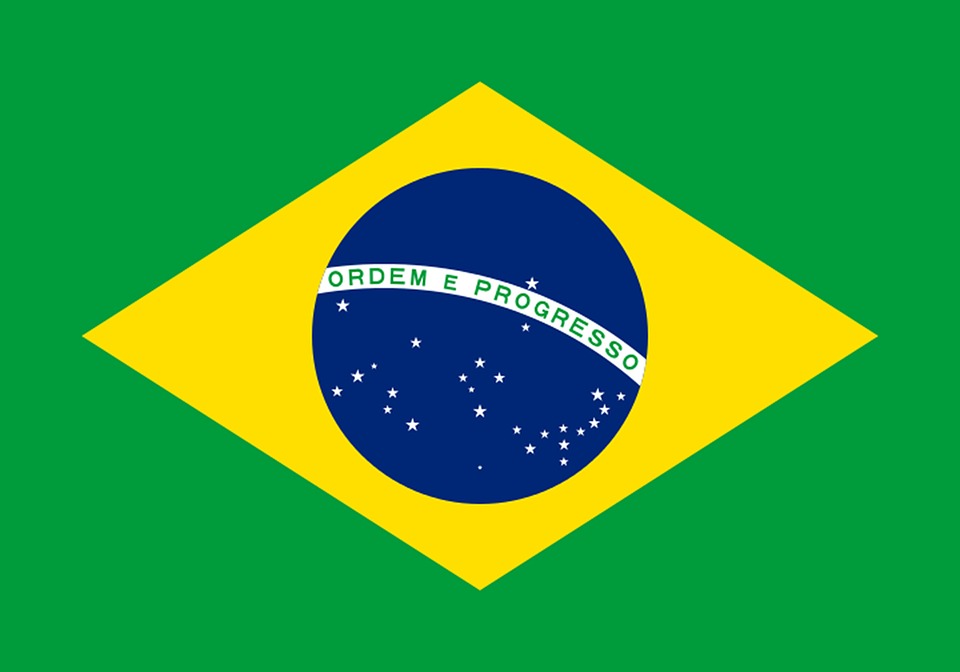
The current flag of Brazil was officially adopted in 1889. The flag is green and is symbolic of Brazil’s lush fields and forests. Its primary feature is a large yellow diamond (symbolic of Brazil’s wealth in gold) and in its center floats a blue celestial globe with white stars to represent the night sky over Rio de Janeiro. The motto on the Brazilian flag “Ordem e Progresso” translates to ‘order and progress” and is inspired by French philosopher Comte’s motto of positivism – ‘Love as a principle and order as the basis; progress as the goal.’
Denmark – Dannebrog
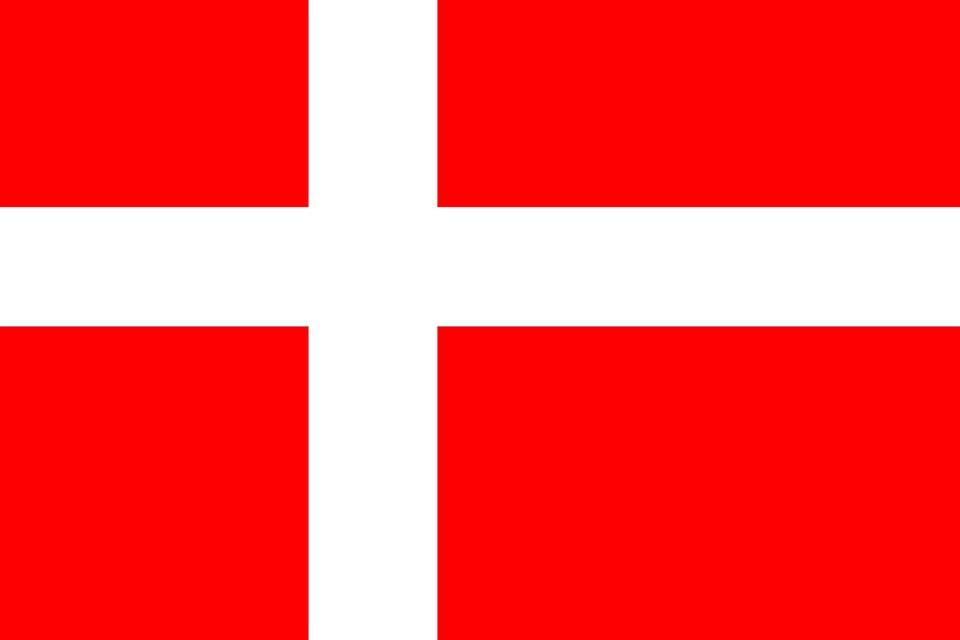
Reputed to have the oldest flag in the world, with an estimated origin of 1219, the flag bears a white Scandinavian cross on a red field. An origin legend with considerable impact on Danish national historiography connects the introduction of the flag to the Battle of Lyndanisse of 1219. More recent history attributes the flag design to the Crusades – the imperial war flag of the Holy Roman Empire used the same design.
Bangladesh

The flag’s green field represents the lushness of the country, and the red disc represents the sun rising over Bengal, and also the blood of those who died for the independence of Bangladesh. The flag is known for the red circle being offset so that it appears centered when flying on a mast.
Malaysia – Jalur Gemilang (Stripes of Glory)
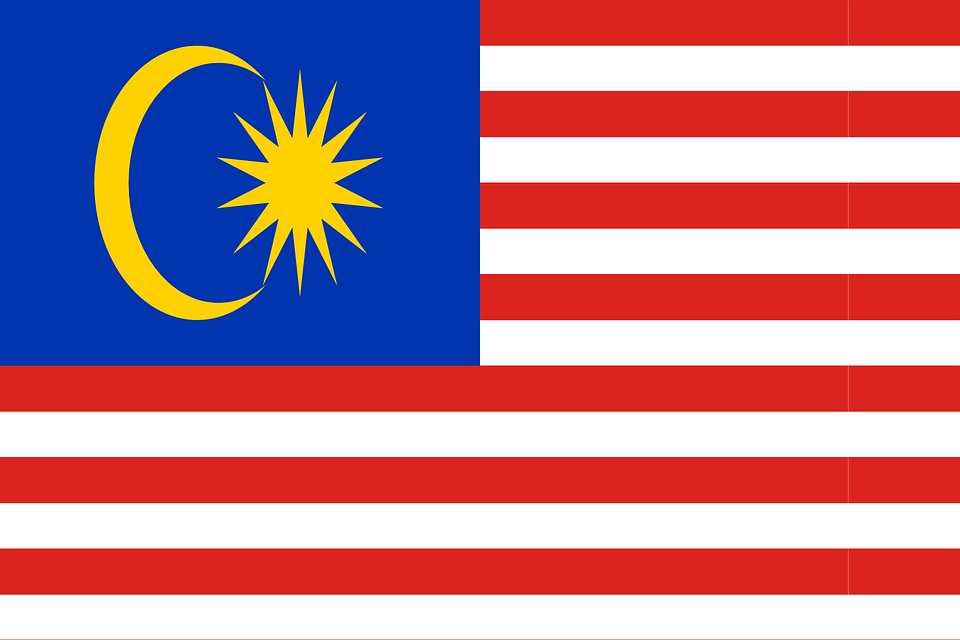
The flag is composed of a field of 14 alternating red and white stripes along the fly, representing the equal status of the 13 Malaysian member states and the federal government, and a blue canton bearing a crescent (representing Islam) and a 14-point star known as the Bintang Persekutuan (Federal Star). The flag colors are a nod to the East India Company.
India – Tiranga (“Tricolor”)
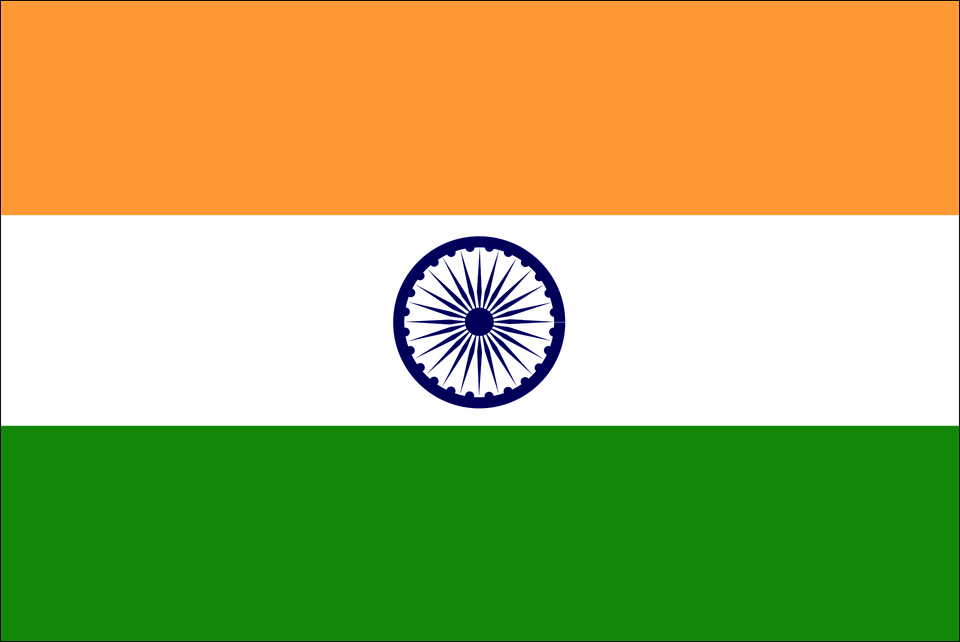
The Tiranga was adopted as the national flag of independent India in 1947, consisting of saffron, white and green stripes and the Dharma Charkha of Emperor Asoka was in the center. Saffron color indicates the strength and courage of the country, white middle band indicates peace and truth and the green band shows the fertility, growth and auspiciousness of the land. The Chakra intends to show that there is life in movement and death in stagnation.
Russia – Trikolor
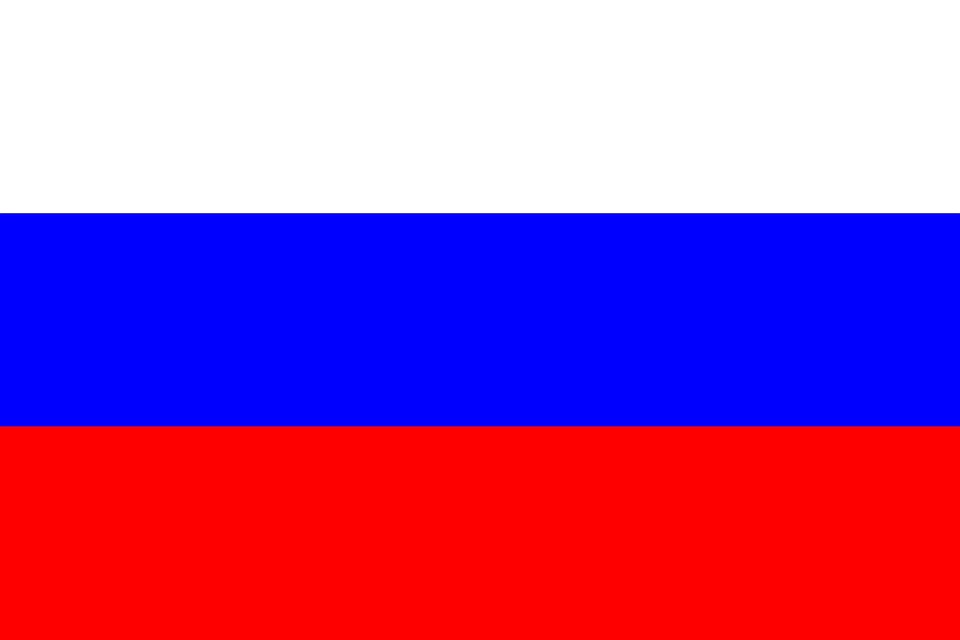
The flag was first used as an ensign for Russian merchant ships and became official as the flag of the Tsardom of Russia in 1696. Following the establishment and dissolution of the Soviet Union, the Tsarist tricolor was fully restored in 1993 after the constitutional crisis as the current flag. The choice of colors is significant in that they represent in order of priority, white for God, Blue for king and Red for people and/or country.
Andrie Steliou
Latest posts by Andrie Steliou (see all)
- 8 Ways to Help Keep Your Child Focused and Engaged in Online Learning - October 19, 2022
- How to Improve Social Intelligence Skills? - May 10, 2022
- How to Improve Organizational Skills at Workplace? - May 6, 2022

